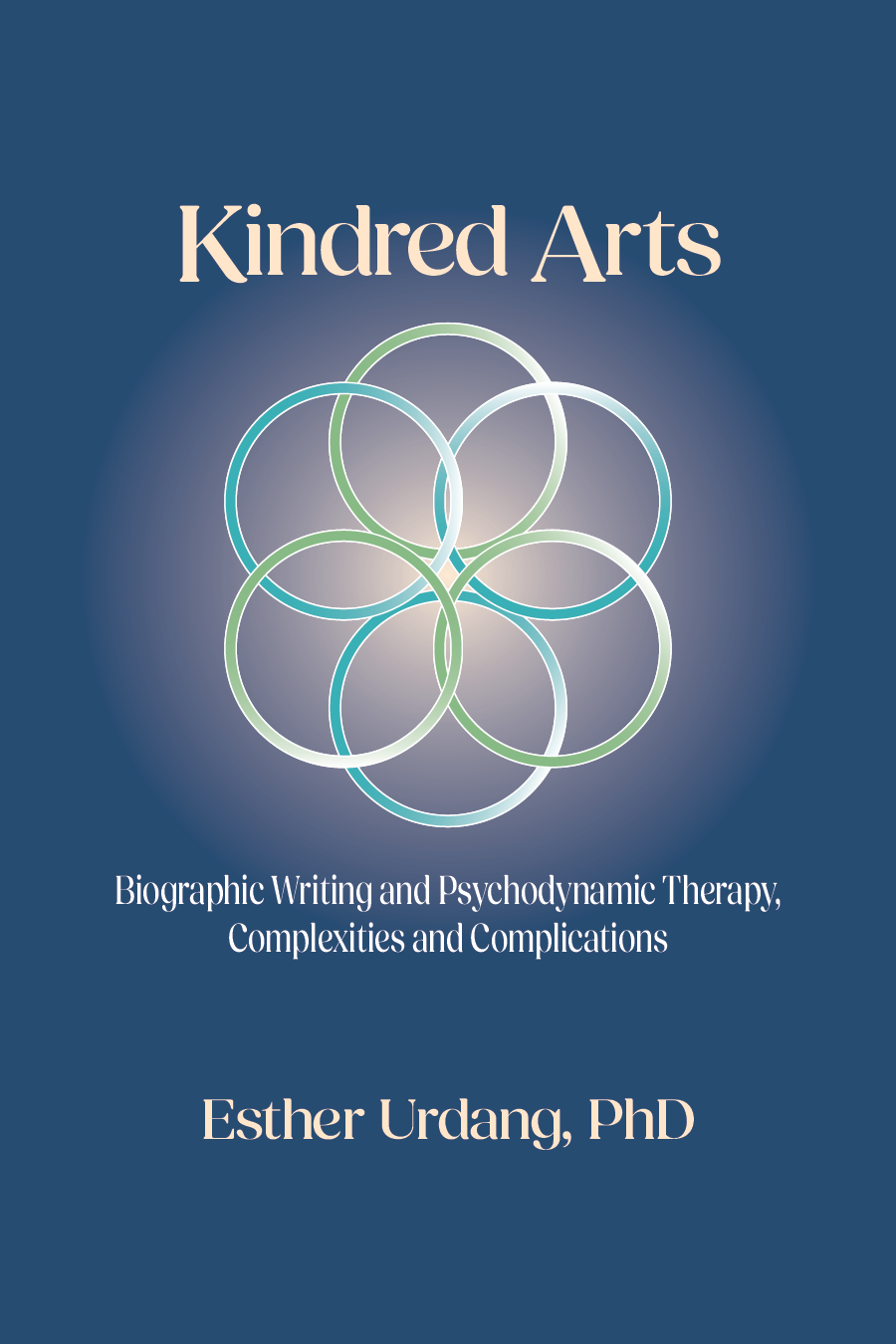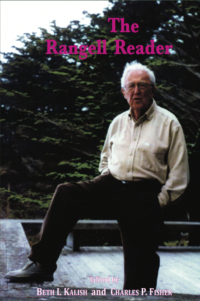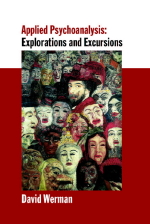Kindred Arts: Biographic Writing And Psychodynamic Therapy, Complexities And Complications by Esther Urdang
$35.00
You have never read a book like this before. While you’ve certainly read clinical books and biographies—and maybe even books about biographies—you’ve not read a book that brings to your attention the considerable overlap between these two endeavors.
Urdang, a clinical social worker who has practiced in agencies, in hospitals, and privately, demonstrates her scholarship in both the literary and clinical worlds. As she admits, “I am a clinical social worker and social work educator. I am also hopelessly addicted to biographical writings” In bridging these two fields, [she] reminds us of the importance of biographical study as a counter-weight to current trends that favor evidence-based, quantitative measures, at the expense of exploring the past, developing empathy, and understanding experiential worlds.
Urdang has three goals to emphasize the life course perspective, to explore methodological issues embedded in constructing biographies, and to illuminate the relationship of the biographer to the subject “All biographies are autobiographies,” Urdang tells us, and she powerfully illustrates this by describing the relationship between author Charlotte Brontë and her biographer Elizabeth Gaskell. The book is divided into ten chapters that focus primarily on the lives of Charlotte Brontë; Ved Mehta, the contemporary Indian writer; Sir Arthur Conan Doyle; Frederick Douglass; and Rudyard Kipling. Sprinkled throughout are illuminating stories about the lives and biographies of Edgar Allen Poe, Helen Keller, Erik Erikson, J.D. Salinger, James Joyce, and Oscar Wilde.
Urdang’s subjects are well chosen. Their lives are often a mixture of pathos and triumph, e.g., Sir Arthur Conan Doyle, creator of the immortal Sherlock Holmes. Another chapter is devoted to the life of Frederick Douglass, social reformer, abolitionist, orator, writer, and statesman, the complexities of his relationships with his wife, children, and lovers. Another is on the life of Rudyard Kipling who, at age six, was placed with his sister in a private English foster home that Kipling would refer to as the “House of Desolation.” As she wisely notes, resilience and vulnerability are not either/or. We find in Kipling’s life the coexistence of both.
Why read biographies? Likely, we obtain the same pleasures as we do from learning about our patients. Urdang quotes Conway (1998), “We want to know how the world looks from inside another person’s experience, and when that craving is met by a convincing narrative, we find it deeply satisfying.” Readers of this book, whether clinicians or students of literature, will readily discover such satisfactions, thanks to the erudition and clinical acumen of its author.
Above comments based on those of William S. Meyer, MSW, BCD, regarding this book.
For the full review, go to this link:
https://www.aapcsw.org/pdf/news/newsletters/AAPCSW_Newsletter_Fall_2015.pdf




